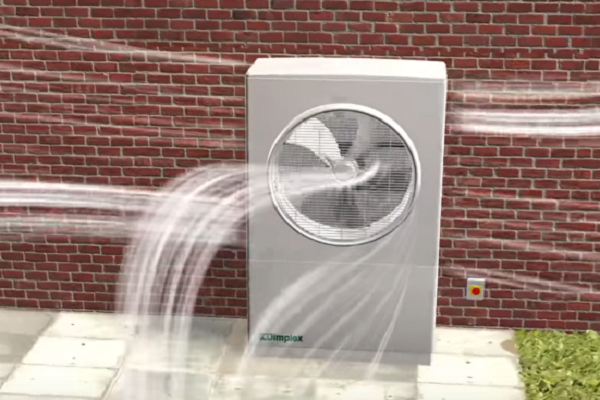 |
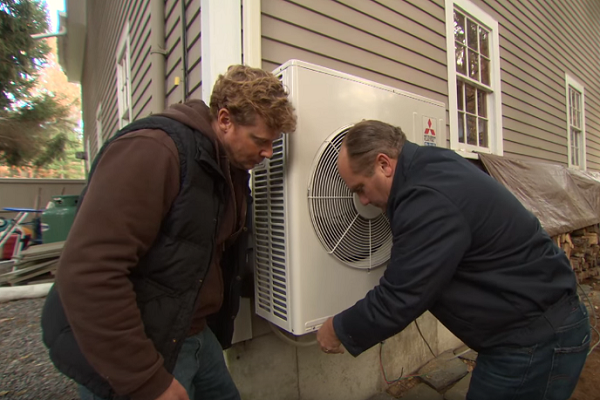 |
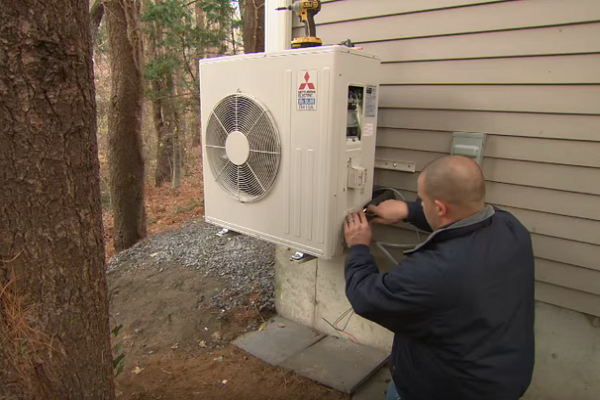 |
Is The Heat Pump The Most Efficient Heating System?
In its latest report, Energy 3.0, the environmental organization Greenpeace opted for heat pumps the best option for heating from energy efficiency. These electrical devices, not very well known to most citizens, are the same system that exists inside our refrigerators or in air conditioners: they absorb the heat from one place and pump it into another. With this type of heating, it is possible to heat homes in northern Europe with much colder temperatures than here. Are they the best alternative to air conditioning? From a country like Spain? The truth is that there are many different modalities. There is ultra-efficient equipment, but others may not be as efficient or not suitable for some areas.
Until now it was understood that to generate heat in a house it was much more efficient to directly burn fuel in a domestic boiler than to produce electrical energy in a power station and transport it to an outlet in which to connect an appliance that heated the house. The reason is the energy losses that occur in power plants that run on fossil fuels (the performance of a combined cycle plant is just over 50%). However, this changes with the increase in the share of renewable energies in the electrical system (1) and with equipment such as the heat pump. According to Greenpeace, already with the current distribution of technologies of the electrical system of the country more advantageous to give heat with an electrical device such as a heat pump than with a boiler.
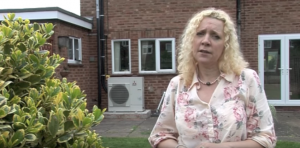 Is the heat pump the most efficient heating system? The answer is: it depends, “says José Porras, representative of the Association of Energy Services Companies ( ANESE ), the companies whose business lies precisely in achieving improvements in the energy efficiency of third parties (since their profits come from the savings achieved). As he explains, there is a huge variety of heat pumps, from the reversible air conditioning equipment that also heat the geothermal installations that extract the heat from the subsoil. “There are heat pump systems that do exceed the efficiency of a natural gas condensing boiler and others do not. Unfortunately, most of the ones sold right now in Spain are the bad ones. “
Is the heat pump the most efficient heating system? The answer is: it depends, “says José Porras, representative of the Association of Energy Services Companies ( ANESE ), the companies whose business lies precisely in achieving improvements in the energy efficiency of third parties (since their profits come from the savings achieved). As he explains, there is a huge variety of heat pumps, from the reversible air conditioning equipment that also heat the geothermal installations that extract the heat from the subsoil. “There are heat pump systems that do exceed the efficiency of a natural gas condensing boiler and others do not. Unfortunately, most of the ones sold right now in Spain are the bad ones. “
A first significant difference between these devices is where they will extract heat for heating (or purified water). There is quite simple equipment that will pump it from the outside air of the house. However, it must be taken into account that the performance of these devices (the COP) will change depending on the temperature outside. “It will be difficult to extract heat from frigid air that is a few degrees above zero,” says Porras. This does not matter too much in many temperate zones of Spain in which the thermometers will not go down much (and where the reversible equipment that offers both heat and cold are at the same time fascinating), but in many others where these devices can fail just at the moment when more they need.
It is also true that in other northern European countries, highly reliable heat pump systems are often used even for extreme temperatures of many degrees below zero. For this, geothermal systems that extract heat from the subsoil are better (see image). Of course, they are also much more expensive.
…
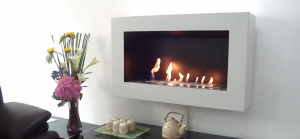 Nothing brings more warmth to a room than a good fire around which to relax. Beyond its aesthetics and how to integrate it into the environment, it is worth taking into account other practical issues such as the calorific performance of the chimney chosen, its installation requirements, the most appropriate type of fuel in each case or the ease of use, cleaning, and maintenance. The good news is that there are more and more options that we can find, with better benefits and a much more efficient performance than traditional homes.
Nothing brings more warmth to a room than a good fire around which to relax. Beyond its aesthetics and how to integrate it into the environment, it is worth taking into account other practical issues such as the calorific performance of the chimney chosen, its installation requirements, the most appropriate type of fuel in each case or the ease of use, cleaning, and maintenance. The good news is that there are more and more options that we can find, with better benefits and a much more efficient performance than traditional homes.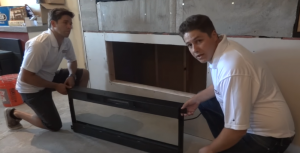 The latter also allows controlling the fire with greater precision. Even, among the technological innovations that incorporate, stand out the systems of double combustion that, when using the gases generated to produce more heat, not only reduce the polluting emissions, but they save fuel.
The latter also allows controlling the fire with greater precision. Even, among the technological innovations that incorporate, stand out the systems of double combustion that, when using the gases generated to produce more heat, not only reduce the polluting emissions, but they save fuel.